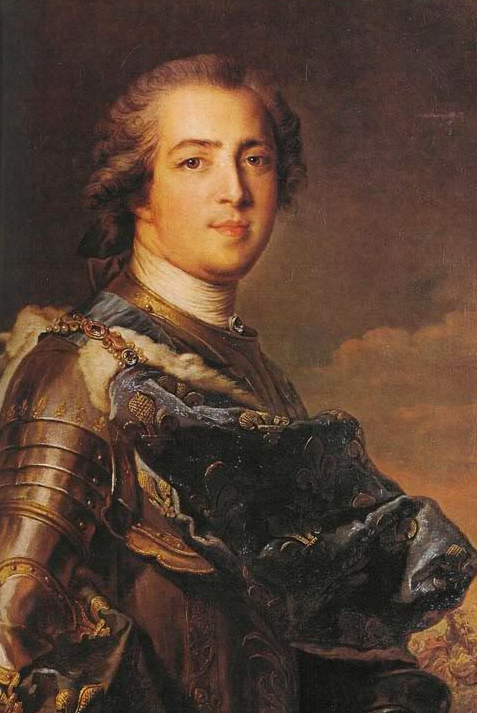Prof. Darnton regales us with the results of his recently completed study of the scandalous literature attached to the court and Louis XV. It begins with police archives—the case of a servant woman who wrote a novel about the king's sex life—and opens onto a discussion of romans à clef and reading.
Robert Darnton has been called one of the most original contributors to our understanding of life in pre-revolutionary Paris. He is also considered a leading authority on the history of books and censorship. Many view The Business of Enlightenment: A Publishing History of the Encyclopedia (1979) as Darnton's most influential work. His book The Forbidden Best-Sellers of Prerevolutionary France, an intriguing study of clandestine libertine literature under the Old Regime, won the 1996 National Book Critics Circle Award. Before joining Princeton's history faculty in 1968, Darnton worked as a reporter for the New York Times.
EVENT SUMMARY
Robert Darnton takes a long hard (and scandalous) look at the private life of King Louis XV. French readers from this time period had a tremendous taste for the taboo. Most books were printed outside of the country and smuggled in. What were the French reading on the eve of the revolution? Darton noted that the top 15 bestsellers of the time were muckraking and mudslinging journalistic endeavors - chronique scandaleuse or libelle. However, of greater interest to Darton is the question - How did people read?
To answer this question, Darton considers the unfortunate circumstances surrounding Marie Madeleine Joseph Bonafon's life. On a recent trip to the Bastille's archives, Darnton came across a dossier that piqued his attention. Contained within were documents pertaining to the 1745 arrest of a servant girl employed as a chambermaid, the aforementioned Mme. Bonafon. The Lieutenant General had vigorously questioned the girl about her part in the production and dissemination of a manuscript circulating throughout Paris, otherwise known as a forbidden bestseller. The book in question contained a fairytale that upon a closer reading revealed many intimate details about the King's private life. What were the girl's sources of information questioned the Lieutenant General? In reply, Mme. Bonafon said that she had been inspired and directed by plays, and the details had been fashioned from her own imagination. Yes, she later admitted, she had referenced things she had heard in passing, but she remained unaware of the the dire consequences.
Of the work, the Lieutenant General emphatically decried it to be "the most indecent work in the world!" It represented disrespectful, dangerous, and criminal literature. In questioning Mme. Bonafon, as well as 20 other individuals taken prisoner, the Lieutenant General was able to discern the workings of the underground publishing network that linked Rome, Paris, and Versailles. Domestic servants served as key informants in this publishing network under the Old Regime, particularly about the King's recent illness.
Mme. Bonafan eventually confessed to authoring the book in addition to having the key which facilitated its translation from fictitious fairytale to non-fiction. Books' keys, like the one in Mme. Bonafan's possession helped in the identification of people and events. Readers found themselves engaged in a guessing game in which they worked to draw parallels between characters and real people. Contained within the pages of this book, and others of the same genre, were the general vision of then contemporary history. As a result of her criminal authorship, the servant girl remained in Bastille for fourteen and a half months. Her dramatically deteriorating health during this time resulted in her transfer to a convent where she for twelve years forbidden to receive visitors and correspondences.
From this seemingly insignificant account, Darton develops a rich understanding of the divergence of and overlap between print and conversation. Of course, an examination of the 18th century presents more of a challenge in terms of print and conversation given the absence of modern media, like newspapers. Where did Parisians find their menus for their discussions? Public noises - the incessant murmur of oral communication - provided one source. Police had deemed such murmurings as "bad talk" directed at the government and its ministers. And, in fact, arrests increased during the 1740's.
However, how can a historian recover the ephemeral? While prison archives have a built in bias, chroniclers compiled considerable information about the parameters of people's conversations in public spaces. The police chief daily acquired information about information. As discussed above, the story of Mme. Bonafan's trial and tribulations serves as case in point. Her fantastical political romance turned into an affair of the state. As we can see, casual talk made its way into print, and then back into conversation, which ultimately shaped public opinion. The private life of the King revealed in seemingly fictitious print had an immediate and significant impact on public discussions and debates.



